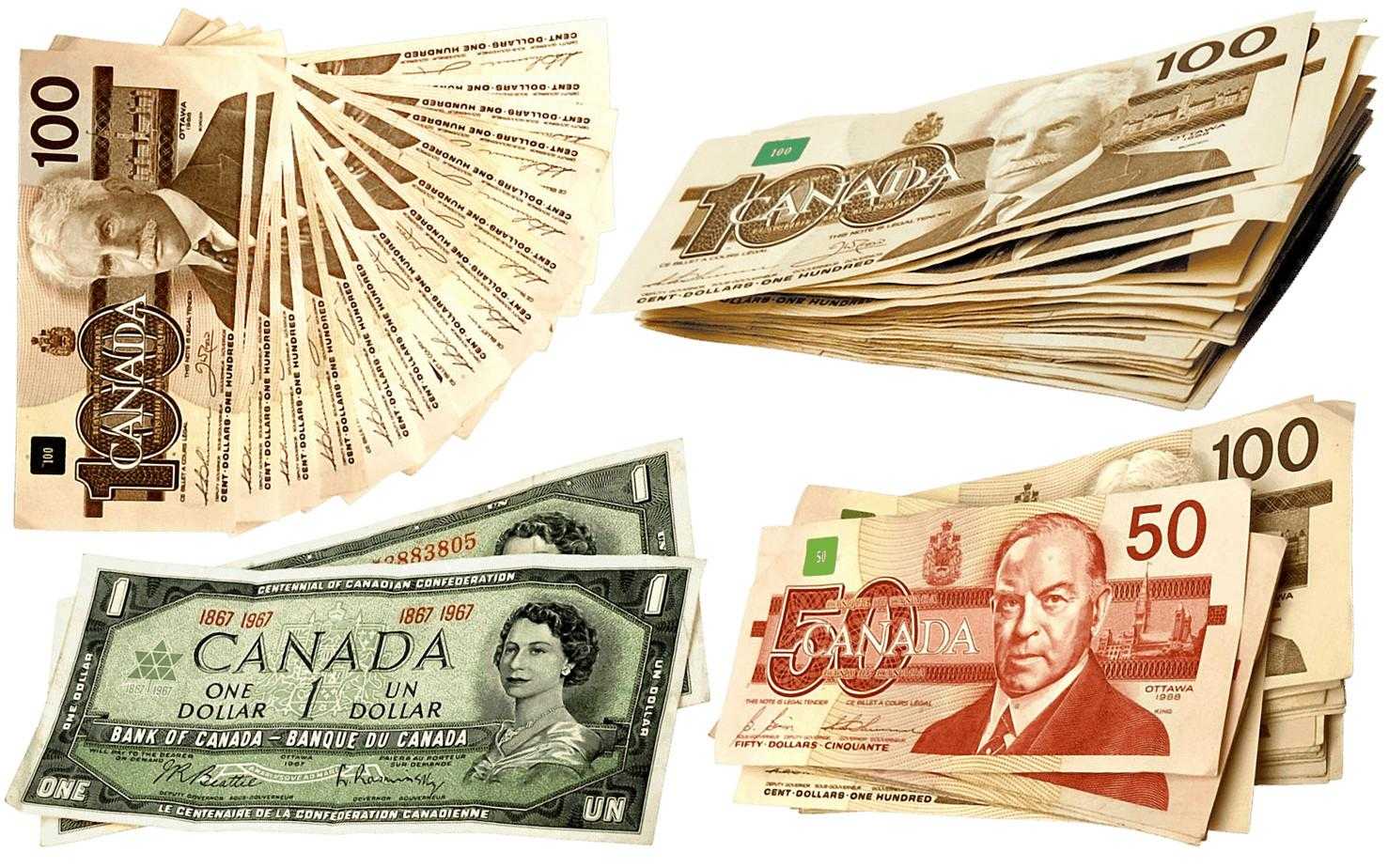The exchange rate Canadian Dollar is doing fine in September. Bank of Canada interest rate decision is set to dominate the currency movement this week.

Bank of Canada is expected to announce its interest rate decision on Wednesday. Analysts expect BoC to keep its interest rates unchanged at 0.25%. However, a decline in job numbers may bring in monetary easing by the Bank of Canada.
Though domestic job markets posted worse than expected data, the Canadian Dollar has outperformed against other major currencies.
Job creation in Canada was at 245.8K in August, according to reports from Statistics Canada. It is much lower than the expected 275K. In July, jobs created were at 418.5K.
Unemployment Rate has fallen to 10.2% in August, compared to 10.9% in July. Conditions are improving in Canada but at a gradual pace, feel experts.
Exchange Rate Canadian Dollar Improves Against Other Currencies
The USD/CAD currency rate, which saw relentless selling from June, seems to have bottomed out. The Canadian Dollar has consolidated for about a week and is flashing green signals currently.
Housing Starts have improved considerably to 262K while previously, it was at 245K. It has improved by 6.9% in August from July data.
After touching a low of 1.2992 on 1 September, the USD to Canadian Dollar Index continues to rise. The USD/CAD exchange rate started the week on a positive note. It has crossed the critical 1.31 levels, its 20 EMA, which signals that the downturn is coming to an end. The USD/CAD exchange rate continued its upwards move to reach 1.3260 levels on 9 September.
The US Dollar Index to Canadian Dollar exchange rate has a strong support level at 1.3150 and 1.3050.
The USD/CAD currency pair shows strength with a spike in oil prices. The Canadian Dollar is showing strength recently. Oil, one of the major exports of Canada, was much affected by the pandemic. However, with an easing in the lockdown, the global oil demand is increasing.
US crude oil was at $37.43 per barrel, which is an increase of 1.8%.
Experts expect a dovish speech from the Bank of Canada. BoC has supported the Canadian economy and the currency exchange rate Canadian Dollar is gaining momentum.
After the Labour Day holiday, President Donald Trump is talking about decoupling from China relations permanently. Investors are buying the US dollar, which is triggering a short-covering say, analysts. President Trump has threatened domestic companies about doing business with China.
The dollar may see a bounce, especially with the euro weakening.
Sterling Grows Vulnerable with Increasing No Deal Threat
The GBP/CAD currency pair has seen a steep fall from the beginning of September. It has broken below the August low of 1.7212.
The Pound to Canadian Dollar shows a weakness, with the Brexit talks not showing any positive note. With the euro and the UK having time only till mid-October, to come to an agreement, the Sterling is certain to find itself in trouble. The Sterling has not taken much notice of the no-deal Brexit for long, but as time draws close, weakness in the Sterling is seen.
The UK government is looking for a mid-October deadline for a trade deal with European negotiators. Further, Brussels has to stop demanding for continual access to British waters, says the government.
EURO Area Under Contraction
The EUR/USD exchange pair has rallied from 1.08 lows it saw in May. It has rallied almost 12% from the lows. However, ECB’s Chief Economist Philip Lane has stated that the current levels may weigh on inflation and economic growth. In particular, if there is a no-deal Brexit situation, the Pound is expected to fall further.
The Euro Area economy has contracted most by 11.8% for the quarter ending June 2020, slightly lower than the initial estimate of 12.1%. Household consumption has come down 12.4%
Exports have declined by 18.8%. Imports sank 18%. Economic activity has gone down in Spain by -8.5%, in France, it is a drop of -13.8%, in Germany -9.7%, and Italy -12.8%
Germany’s trade surplus has declined year-on-year in July 2020 to EUR 19.2 billion from 21.3 billion in July 2019. The pandemic has brought down sales in the European Union. Imports from the UK has fallen (-12.6) while in the US, it has gone down by -17.0%. However, imports from China have increased by 7.4%. Exports in Germany have increased to 4.7%, lower than the expected 5%.
The ECB rate decision will be announced on Thursday.
The lockdown has brought a major slowdown, forcing the Eurozone into a recession. Countries like Italy, Germany, Spain, and France report a declining GDP which has affected almost all sectors in each country.
Switzerland Unemployment Rate
The Swiss unemployment rate is at 3.3% in August 2020. It remains almost the same as the July rate. The number of people unemployed has risen by 2,241 to 151,111, which is 1.5%. Unemployment is higher in the age group 15 to 24 years old, which sees an increase from 3.4% in July to 3.9% in August. The USD/CHF currency pair has declined below 0.92 levels this week.